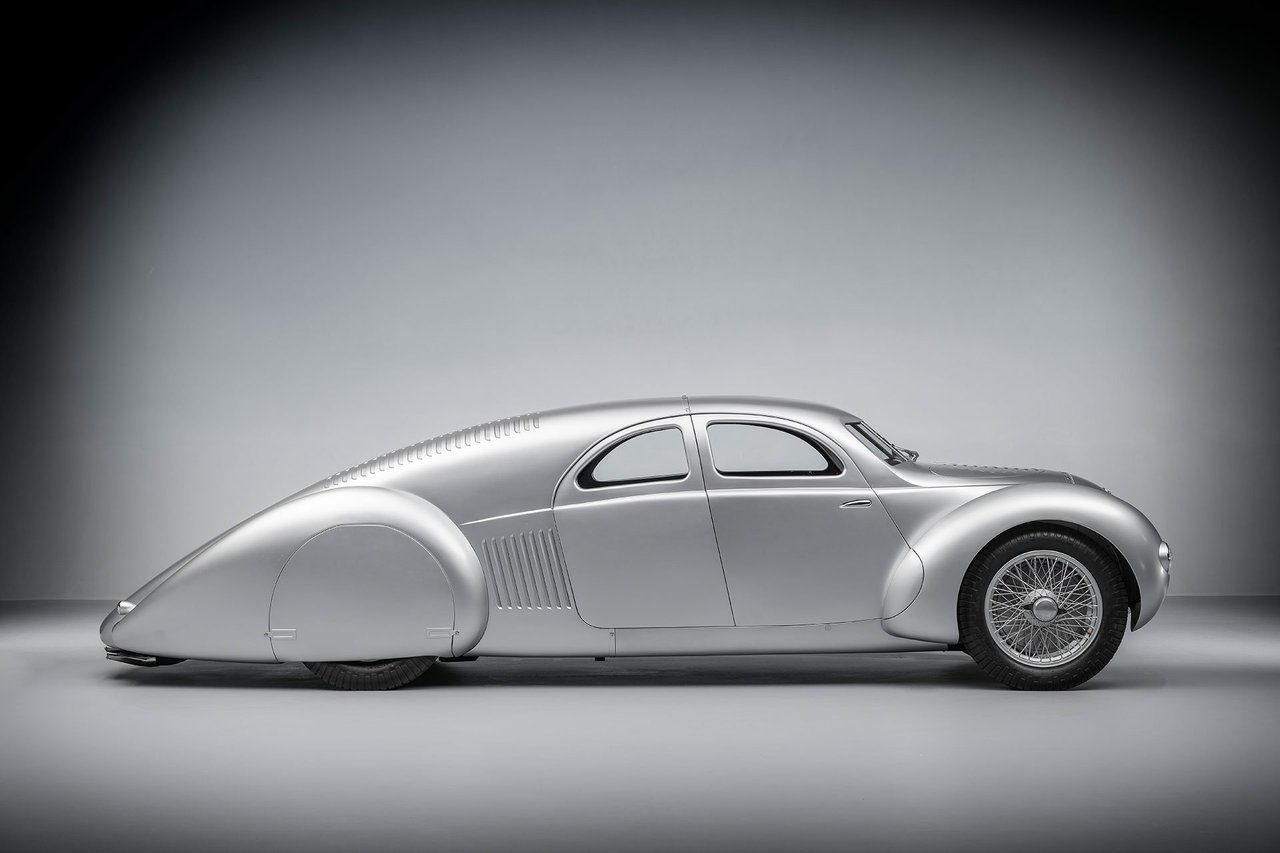
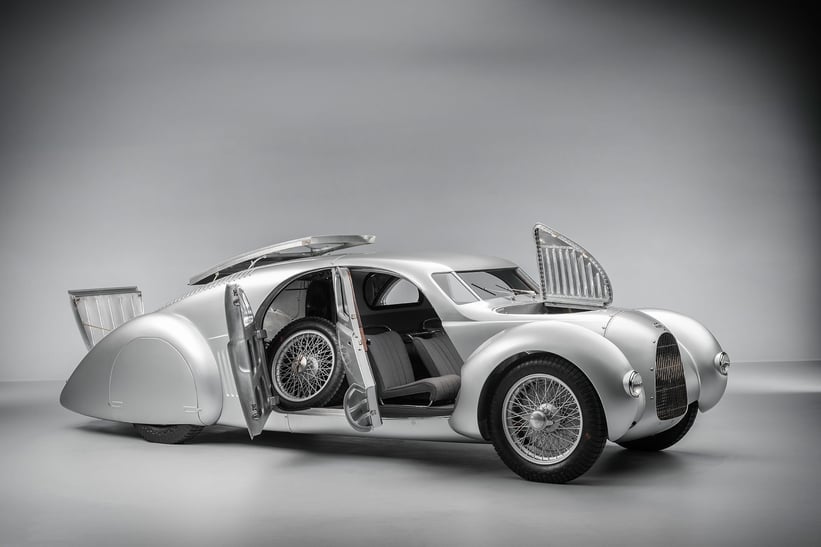
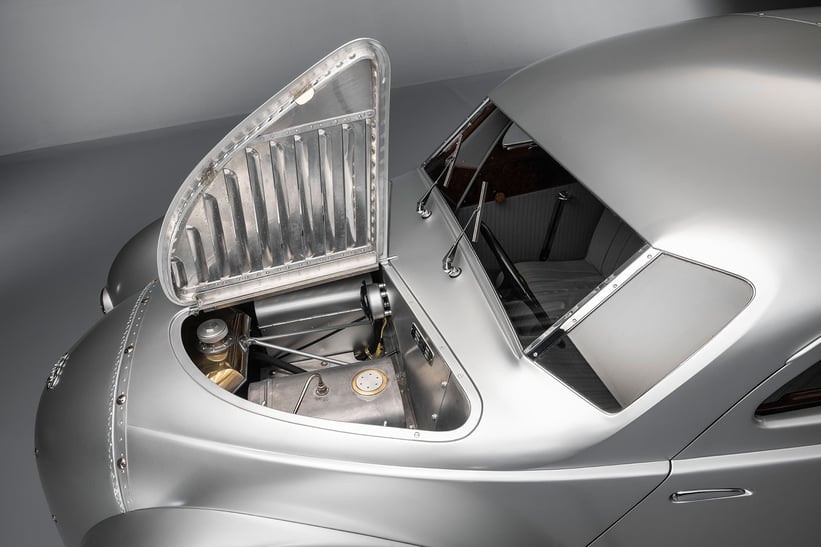
The idea of a road-going Formula One car has captured the hearts and minds of engineers and enthusiasts alike for decades. The Ferrari F50 and, more recently, the Mercedes-AMG One both represent their respective manufacturer’s attempts to turn this dream of a street-legal Grand Prix car into a reality, but neither are the first to envision such a car. Over 90 years ago, legendary engineer Ferdinand Porsche and his Stuttgart-based design office put pen to paper, creating the blueprints for what would have been for the first Grand Prix car for the road; a “high-speed sports car” that embodied the new concept of a continent-crossing Grand Turismo. However, the project was axed before the first prototype was created, and Ferdinand Porsche’s creation was lost to the Audi and Porsche archives, until today. With great honour and excitement we present to you the Auto Union Type 52 ‘Schnellsportwagen'.

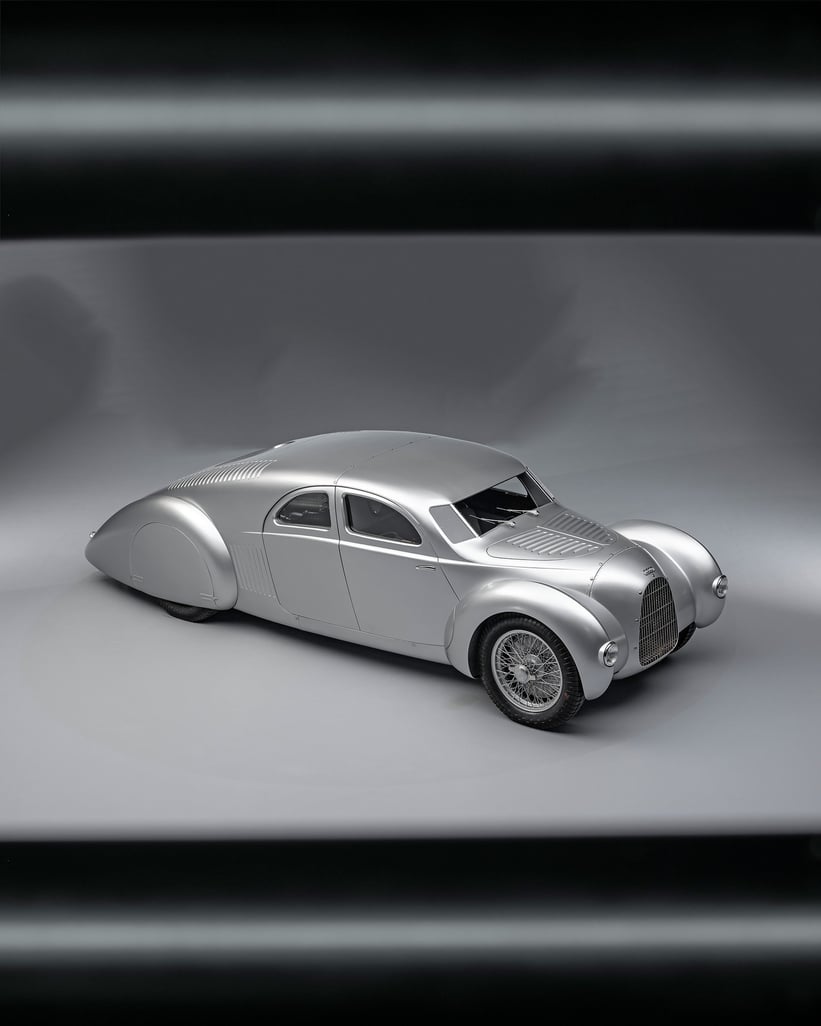
Before we can dive into this fascinating automobile, we must first understand its origins. In 1932, Auto Union AG was formed from the merger of Audi, DKW, Horch, and Wanderer, and quickly became involved in motorsports to earn an international reputation for its company logo, the four rings we recognise so well today. That same year, the regulations for new 750kg Grand Prix cars were published, and by 1933, Auto Union had commissioned Ferdinand Porsche’s team to develop a new racing car according to these rules.



One year later, Hans Stuck piloted the Auto Union Type A — dubbed the ‘Type 22’ according to Porsche’s nomenclature — to a world record on the Berlin AVUS, and shortly after when Auto Union and Mercedes-Benz entered the international racing scene, the legend of the Silver Arrows began. Boasting unmatched speed, futuristic designs, and revolutionary technology, the Auto Union Silver Arrows were some of the first cars to adopt a mid-engine layout, a standard that remains in Formula One today. Auto Union began racking up records and numerous hill climb championships with the further developed Type C, while plans began behind the scenes to build a road-going sports sedan that could be sold to customers who wished to compete in long-distance competitions such as the Mille Miglia. Thus the Type 52 was born, on paper, at least.
Before the project was discontinued in 1935, a great deal of work was put into designing the Type 52. The original blueprints show a ladder frame with a mid-engine borrowed from the Type 22, albeit with reduced compression to allow the powerful supercharged 16-cylinder engine to run on normal gasoline. The Type 52’s 4.4-litre engine would have revved to 3,650 rpm and generated around 200 horepower and 436 Nm of torque, making it good for 200 km/h and helping the ‘Schnellsportwagen’ live up to its name. Had it reached the road, it would have been one of the fastest and most powerful vehicles of its time.



Even 90 years later, the idea was simply too ingenious to leave unrealized. In order to finally make this incredible machine a reality, Audi Tradition enlisted the help of English restoration specialists Crosthwaite & Gardiner, who maintain the Silver Arrows in Audi’s historic vehicle collection. With no pictures of a completed vehicle to use as a reference, many files lost to time after Auto Union AG was dissolved in the Russian occupation zone after the Second World War, and no reliable reports or contemporary witnesses to provide input, this task was much easier said than done. Using existing archive documents, plans and design drawings, the team carried out the painstaking task of turning Ferdinand Porsche’s blueprints into custom-made handcrafted finished parts over several years. This sole example was finally completed in 2023, finished in the amazing shade of Cellulose Silver, a colour inspired by the Silver Arrows.

Measuring over five metres in length, the Type 52 is the dictionary definition of überholprestige; a supremely imposing car to behold. Its elongated teardrop silhouette is a result of its creator’s incredible foresight and understanding of aerodynamics, offering maximum performance alongside creature comforts its Grand Prix siblings couldn’t, such as a roof, headlights, and space for luggage. Open its rear suicide doors, and you won’t find a second row of seats as you might expect, but rather storage for its two spare tyres. Climb into the cockpit, and you’ll find that the Type 52 employs a three-seat layout just like the McLaren F1, just over half a century earlier. Fully laden with luggage, three passengers, and fluids, the Type 52 weighs in at 1,750 kilograms, while its empty weight is reportedly 1,300 kilograms.
The Type 52 also differs from the Type 22 Grand Prix racer in its suspension setup. Instead of leaf springs and friction dampers, the Type 52 employs longitudinally-arranged torsion bar springs with hydraulic dampers, while stopping power comes from drum brakes on all four wheels. As for this finished example, Audi Tradition and the master craftsmen at Crosthwaite & Gardiner did make one deliberate deviation from the blueprints, and one that only adds to this amazing automobiles significant allure.
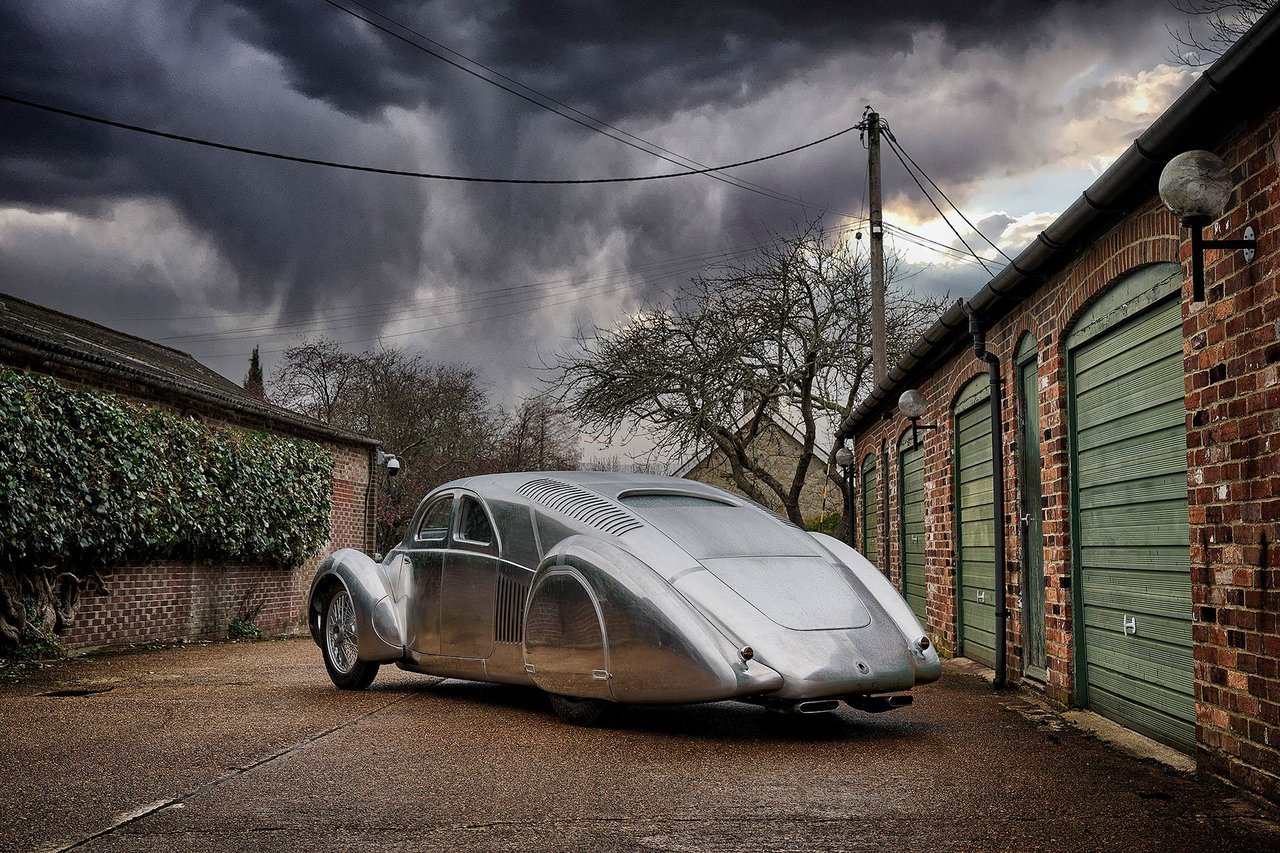
Instead of the detuned Type 22 engine originally intended for the Type 52, Audi Tradition decided to use the 16-cylinder engine from the Auto Union Type C, which runs on a special methanol mixture. Even by 2024’s ludicrous power standards, the Type 52 is impressive: 520 horsepower from a supercharged 6.0-litre 16 cylinder engine. Hans-Joachim Stuck, racing legend and son of Hans Stuck who piloted the Auto Union Type C in period, likened the noise to an orchestra, and we simply cannot wait to hear this beast for ourselves as it roars up the Goodwood hillclimb for the first time.

























